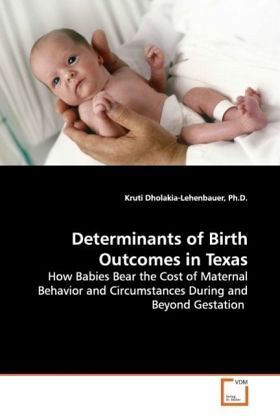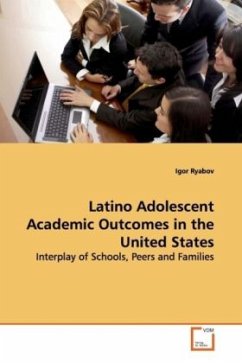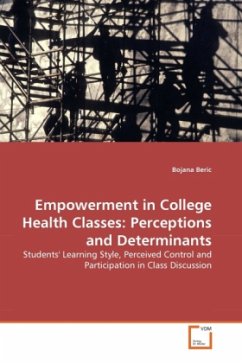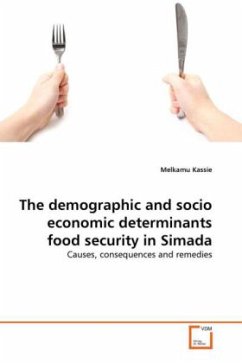
Determinants of Birth Outcomes in Texas
How Babies Bear the Cost of Maternal Behavior and Circumstances During and Beyond Gestation
Versandkostenfrei!
Versandfertig in 6-10 Tagen
39,99 €
inkl. MwSt.

PAYBACK Punkte
20 °P sammeln!
The existing literature on birth outcomes does notsuccessfully answer all the micro-issues that healthpolicy planners should consider before devisingappropriate strategies to allocate public efforts andexpenditures for the improvement of overall birthoutcomes in a geographical region. Results fromexisting literature consistently indicate improvedbirth outcomes for women with higher educationalattainment. This study builds on and modifies theRosenzweig and Schultz (1982) model, which is basedon a two-tier structure of birth outcomes. Dependingon the nature of available data, the model in itsori...
The existing literature on birth outcomes does not
successfully answer all the micro-issues that health
policy planners should consider before devising
appropriate strategies to allocate public efforts and
expenditures for the improvement of overall birth
outcomes in a geographical region. Results from
existing literature consistently indicate improved
birth outcomes for women with higher educational
attainment. This study builds on and modifies the
Rosenzweig and Schultz (1982) model, which is based
on a two-tier structure of birth outcomes. Depending
on the nature of available data, the model in its
original form is fitted on comparable observations of
women that had a live single birth in Texas for the
year 2001 and combined effects of maternal choices
are estimated to identify the implications of joint
choices on birth outcomes. This book is likely to
help policy makers in the health and education
fields. Researchers who study health of women, short
term and long term implications of birth outcomes,
impact of educational attainment on life cycles, and
the importance of two-adult family structures will
also benefit from this book.
successfully answer all the micro-issues that health
policy planners should consider before devising
appropriate strategies to allocate public efforts and
expenditures for the improvement of overall birth
outcomes in a geographical region. Results from
existing literature consistently indicate improved
birth outcomes for women with higher educational
attainment. This study builds on and modifies the
Rosenzweig and Schultz (1982) model, which is based
on a two-tier structure of birth outcomes. Depending
on the nature of available data, the model in its
original form is fitted on comparable observations of
women that had a live single birth in Texas for the
year 2001 and combined effects of maternal choices
are estimated to identify the implications of joint
choices on birth outcomes. This book is likely to
help policy makers in the health and education
fields. Researchers who study health of women, short
term and long term implications of birth outcomes,
impact of educational attainment on life cycles, and
the importance of two-adult family structures will
also benefit from this book.












